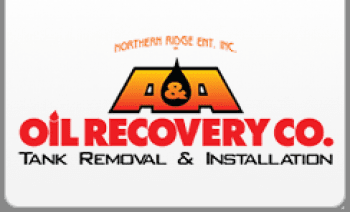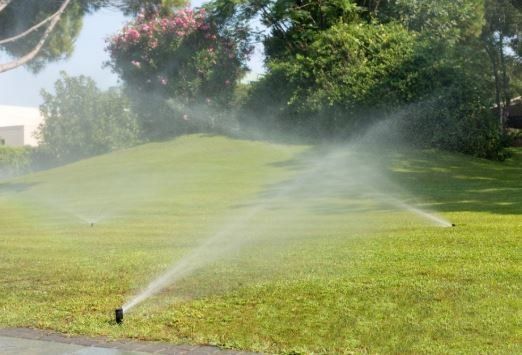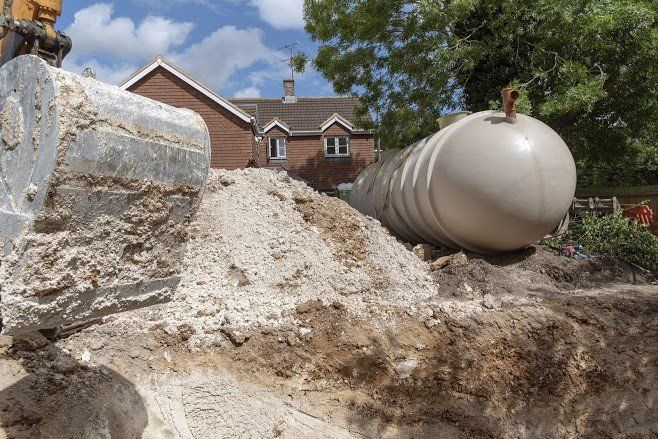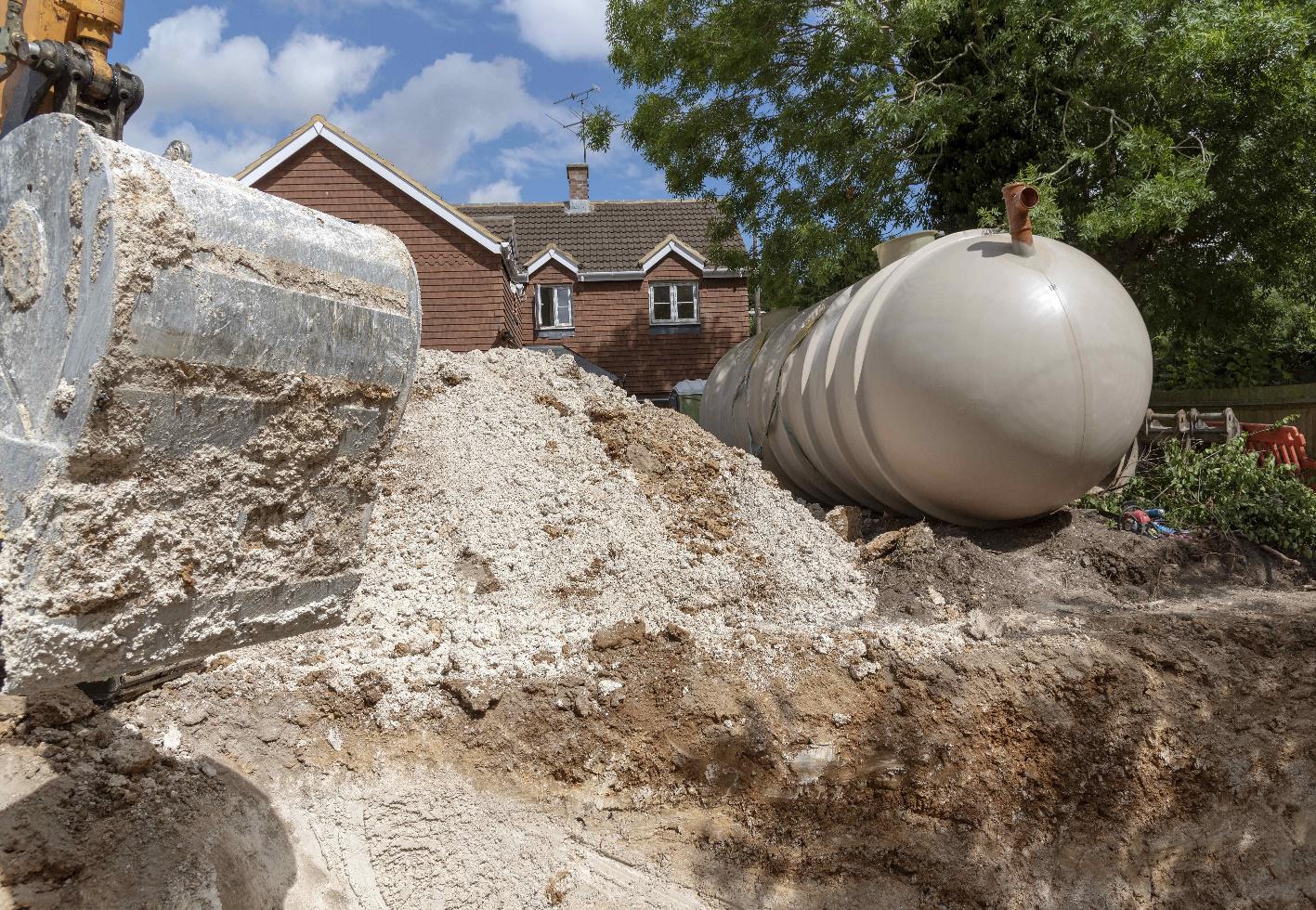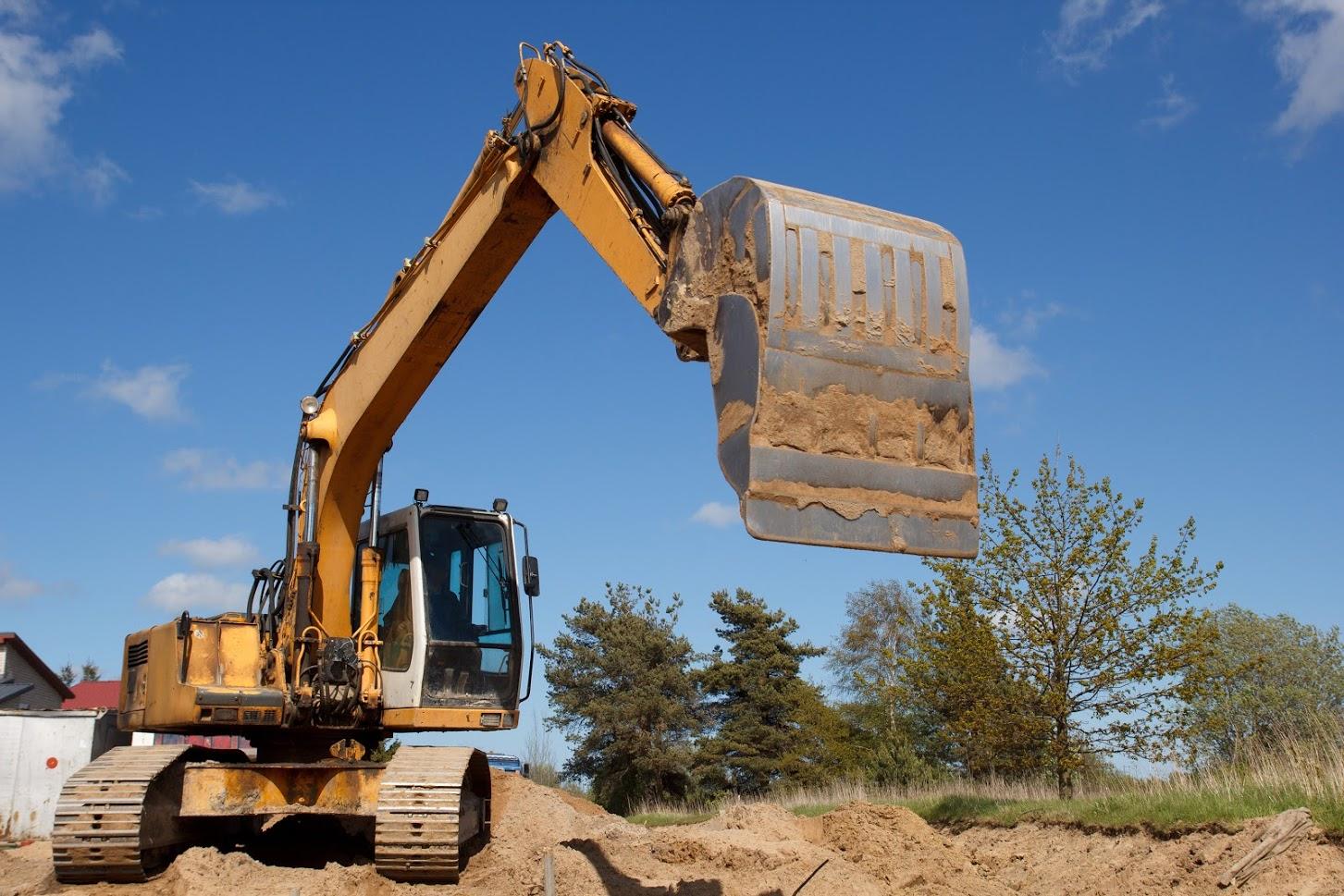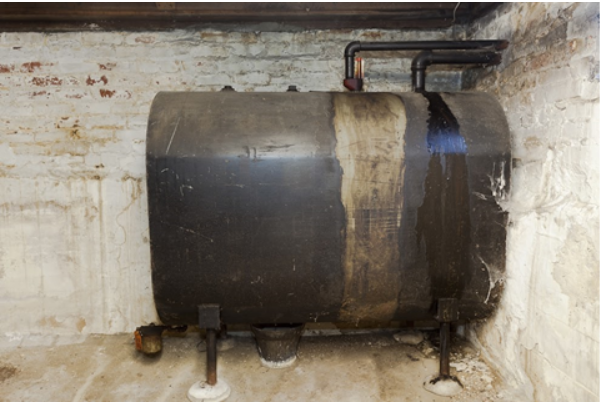Blog Layout
3 Underground Oil Tank Myths Debunked
Admin • Feb 05, 2020

Natural gas is one of the most common fuel sources for home heating systems today, but this type of fuel was not always available. Homeowners in the past often relied on heating oil to maintain comfortable indoor temperatures. This heating oil was typically stored in large underground tanks.
Although your older home may have a more modern heating system, the underground oil tank could still be on your property.
Some myths and misinformation surround oil tanks. Debunking these myths will allow you to better care for your property and the surrounding environment in the future.
1. Oil Tanks Are Impenetrable
Underground oil tanks were designed to be durable. They are usually constructed from steel, which is considered a very durable material. However, homeowners can confuse durable with impenetrable. The older the steel oil tank on your property is, the more likely the tank has sustained some damage.
Steel will interact with chemicals and moisture in the soil in which your oil tank is buried. This interaction will often cause the steel shell of the oil tank to corrode. Small, pinhole-like openings will sometimes form in the tank, allowing any residual heating oil to leak out into the surrounding environment.
Once you understand that an underground oil tank is not impenetrable, you can see why the safest option is having a professional remove the tank.
2. Oil Tanks Do Not Need Removal
Another common myth that you may have heard about underground oil tanks is that you do not need to remove one of these tanks from your property. Although the tank may have been on your property for a number of years, the sooner you remove the tank, the better off you will be.
An obsolete oil tank can pose an environmental and legal threat. The pinhole leaks that form in the steel shell of the tank can contaminate nearby soil. A leaking tank that remains buried for an extended period of time can eventually contaminate the groundwater supply in the area. Not only will your family's water be compromised, but the water supply for the entire neighborhood could be affected as well.
Your neighbors or government officials may be able to take legal action against you to recoup damages from an underground oil tank on your property. It is more responsible (and far cheaper) to have a professional come in and remove the tank as soon as possible to avoid any potential contamination.
3. Oil Tanks Are Hard to Identify
Ignorance is no excuse when dealing with an underground oil tank on your property. Some homeowners believe that identifying the presence of an underground tank is challenging, but this is not usually the case.
A professional inspector will be able to identify signs of previous heating oil use on your property. These signs can include abandoned copper pipes, an oil filler pipe, or abandoned oil lines in your home's foundation.
Once the inspector has identified evidence of heating oil use, the inspector can help you search public records for any indication that the oil tank on your property was removed, filled, or otherwise dealt with at the time of disconnection.
If you cannot find any documentation regarding the removal of the oil tank, you can rely on a removal company to locate and extract the tank from your property. For more information on oil tank removal, contact
A & A Oil Recovery Co. We can walk you through each step of the tank removal process and debunk any myths that may prevent you from removing an obsolete oil tank on your property. We look forward to speaking with you.
Share
Tweet
Share
Mail
Contact Information
A & A Oil Recovery Co
Address: Wayne NJ 07470
Phone: 973-709-1700
Email: info.aaoil@gmail.com
Address: Wayne NJ 07470
Phone: 973-709-1700
Email: info.aaoil@gmail.com
Join Our Mailing List
Contact Us
Thank you for contacting us.
We will get back to you as soon as possible.
We will get back to you as soon as possible.
Oops, there was an error sending your message.
Please try again later.
Please try again later.
Browse Our Website
Contact Information
A & A Oil Recovery Co
Address: Wayne NJ 07470
Phone: 973-709-1700
Email: info.aaoil@gmail.com
Address: Wayne NJ 07470
Phone: 973-709-1700
Email: info.aaoil@gmail.com
Join Our Mailing List
Contact Us
Thank you for contacting us.
We will get back to you as soon as possible.
We will get back to you as soon as possible.
Oops, there was an error sending your message.
Please try again later.
Please try again later.
Content, including images, displayed on this website is protected by copyright laws. Downloading, republication, retransmission or reproduction of content on this website is strictly prohibited. Terms of Use
| Privacy Policy
